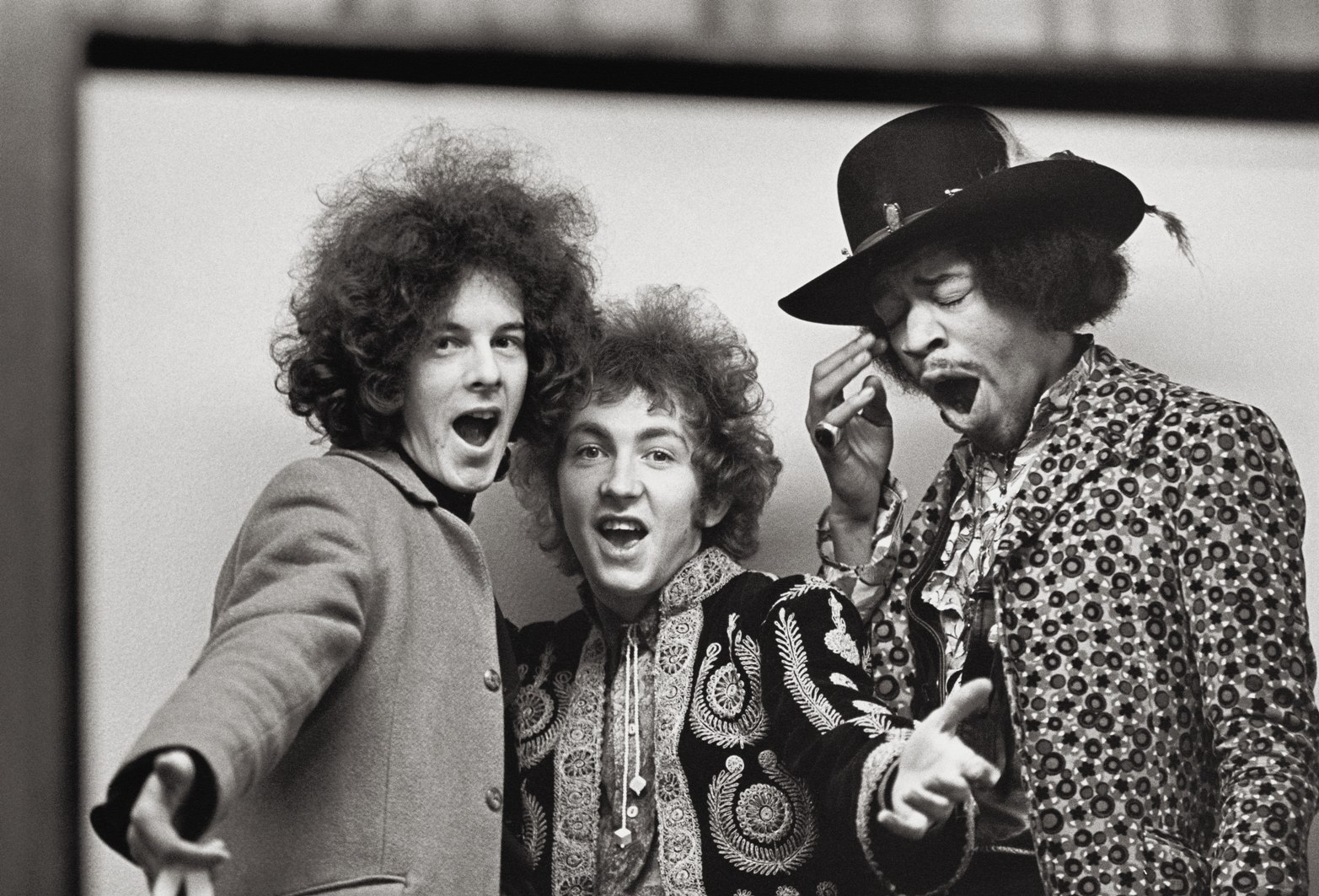Over the last few years I have practised, refined, experimented and, I believe, pioneered in the world of applied UX design. From the traditional application of UX models in content based enterprise level publisher websites through to the fast paced and somewhat-fledgling industry of advanced html rich-media based marketing.
Here are some my experiences of some of the key methodologies & disciplines of UX design and management across the spectrum from client to agency.
(Key: DPL vs Adnostic) - Define
User Goals / Business Goals
Whether website or full page HTML creative - it’s essential to align the business goals with the UX goals. Whilst the Dennis website portfolio shared the ideals of generating page views through quality sharable content and friction-free navigation the Adnostic challenge was to get people to interact with advertising. Not easy given the legacy of digital marketing but also key was to change and educate the clients view on old-school KPIs. To teach that quality engagement without clicking through to a webpage or downloading a brochure was analogous to a great user experience and therefore, brand experience.
User research
Whilst Launching, re-launching and developing existing websites at Dennis Publishing various levels of research  were employed from surveys to interviews, and observation sessions. These are standard practises these days and I’ve witnessed the evolution from heuristic to more scientific methodology with tangible results.
were employed from surveys to interviews, and observation sessions. These are standard practises these days and I’ve witnessed the evolution from heuristic to more scientific methodology with tangible results.
The skill here is to interpret these results to informed design decisions.
Adnostic had a different challenge - With time from brief to delivery anywhere between 1 week and 6 weeks - scope for user testing was minimal but still essential.
An HTML full-page rich media creative needs to succeed in engaging a user in even less time that a website is afforded - but can also offer more scope to do so, perhaps even taking advantage of mobile device sensors in doing so.
On one occasion we we’re developing a method of traveling through a 3D gallery using the gyroscope but needed to figure out the optimum angle that this would work at - and at what devicee angle the majority of people adopt when browsing. We developed a simple test version which recorded device gyroscope angles and tested on 20-30 people around the building and this informed our eventual UI model.
Wire-framing, Prototyping.
Long form & short form.
Website builds lasting up to a year would have extensive wire-framing built into the scheduling, initially undertaken by my team of front-end dev/designers and eventually by a dedicated team, which even though it might add to dev time - along with Information Architects and effective User Journey Mapping - it’s evolution. The trick is then how to involve this stage in the wider picture of Agile development.
As wire framing tools improved most prototyping development was at the Navigation or ‘micro-interaction level’ - always wanting to push the boundaries of in browser animation (always with an eye on backwards compatibility - yes, I’m looking at you IE..)
Adnostic was a different prototyping beast...
We prided ourselves on briefs with a level of imagination which constantly pushed boundaries of what was technically possible without compromising UX. This could be in terms of presenting lots on content in 3D environment using HTML canvas - or building simple games - but we usually went from pen on paper - to presentable code in 2 days, often less.
We were essentially pushing hard against presenting ideas in flat form multiple page PDF - to turning up with a tablet with a workable prototype to demonstrate our ideas - essential when communicating highly technical ideas to clients who need to be behind the idea pronto.
User testing & Rich media components
Similar to research methods above, at Dennis we would use both qualitative and quantitive methods - whilst Agnostics short turnaround but high frequency project turnover meant we could constantly measure, learn and iterate on key content components: Galleries, Video players, modal windows CTA’s, navigation methods (and their constituent micro interactions) - all were measured and improved upon in cycles.
Key lessons across disciplines:
Empathy. The challenges may differ slightly between large scale web development and mobile creatives but it is, seamless, useful and delightful experiences that will encourage engagement and you can’t deliver those experiences from the point of view of the major stakeholder or client. Even if they can be informative in the beginning it’s the user that needs to be a the centre of the argument, and if the business goals and UX goals are in line this can be measured and acted upon.


No Comments.